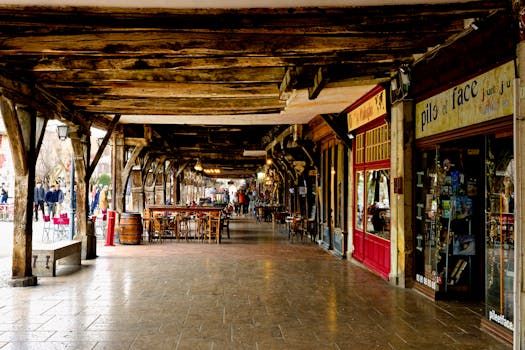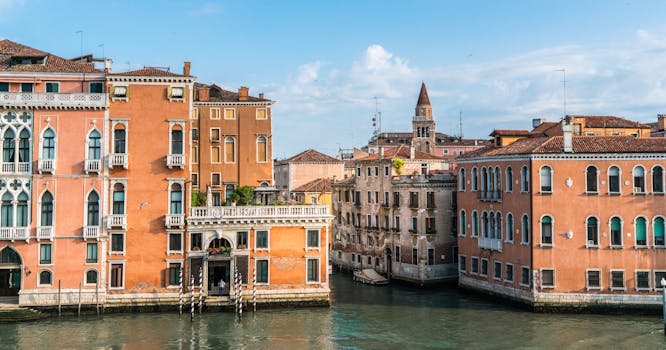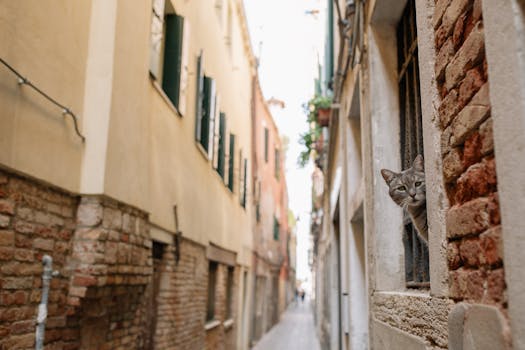Traveling Through Time: How Europe’s Historical Heritage Shapes Modern Lifestyles in 2025
Traveling Through Time: How Europe’s Historical Heritage Shapes Modern Lifestyles in 2025. Europe, a continent steeped in history and tradition, has a unique ability to blend the old with the new. From the crumbling ruins of ancient civilizations to the modern metropolises of today, Europe’s historical heritage continues to shape modern lifestyles in countless ways. In this article, we’ll explore the ways in which Europe’s rich history influences contemporary culture, architecture, and daily life.
Introduction to Europe’s Historical Heritage

Europe’s historical heritage is a vast and complex tapestry, woven from the threads of countless cultures, empires, and civilizations. From the ancient Greeks and Romans to the medieval kingdoms and modern nation-states, each era has left its mark on the continent. This legacy can be seen in the architecture, art, literature, and cuisine of Europe, which continue to inspire and influence modern lifestyles.
The Impact of Historical Heritage on Modern Lifestyles

So, how does Europe’s historical heritage shape modern lifestyles? One of the most obvious ways is through architecture. Many European cities are filled with historic buildings, from grand cathedrals to humble cottages, which have been restored and repurposed for modern use. This blend of old and new creates a unique and vibrant urban landscape, where ancient traditions meet contemporary style.
Another way in which historical heritage influences modern lifestyles is through art and culture. Europe is home to some of the world’s most famous museums, galleries, and festivals, which celebrate the continent’s rich cultural heritage. From the Louvre in Paris to the Uffizi Gallery in Florence, these institutions showcase the artistic and cultural achievements of European civilizations, inspiring new generations of artists, writers, and musicians.
Cuisine and Traditions

Europe’s historical heritage also shapes modern lifestyles through cuisine and traditions. Each country and region has its own unique culinary traditions, which reflect the local history, culture, and geography. From the hearty stews of Ireland to the elegant cuisine of France, European food is a delicious reflection of the continent’s rich cultural diversity.
In addition to cuisine, historical heritage influences modern lifestyles through traditions and customs. Many European countries have preserved their traditional folk customs, such as music, dance, and festivals, which continue to play an important role in modern life. These traditions often have their roots in ancient cultures and have been passed down through generations, creating a sense of continuity and connection to the past.
Conclusion

In conclusion, Europe’s historical heritage continues to shape modern lifestyles in countless ways, from architecture to art, cuisine, and traditions. By preserving and celebrating its rich cultural legacy, Europe is able to blend the old with the new, creating a unique and vibrant contemporary culture. Whether you’re interested in history, art, food, or simply exploring new places, Europe has something to offer everyone, making it a fascinating destination for travelers and a inspiring place to call home.






